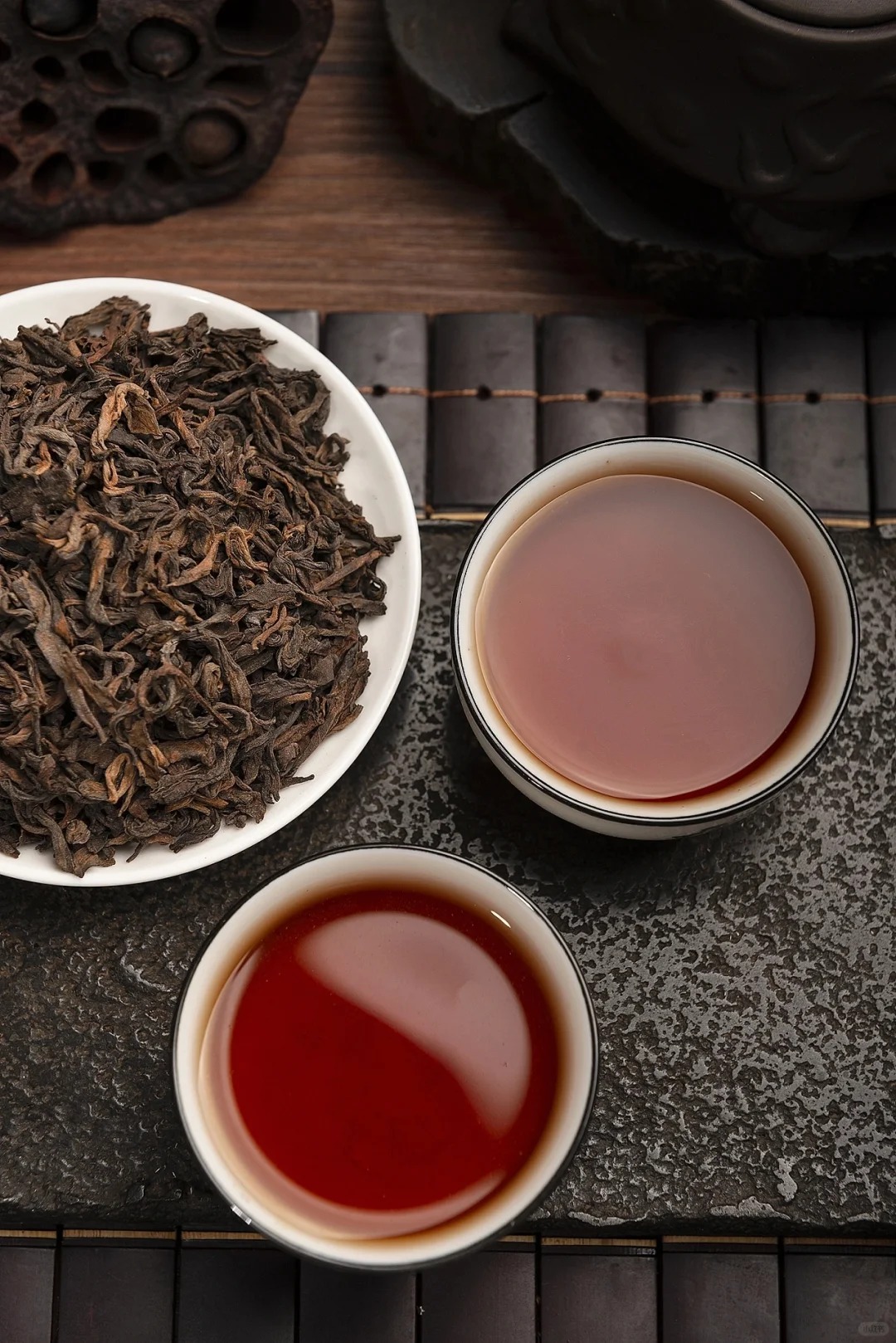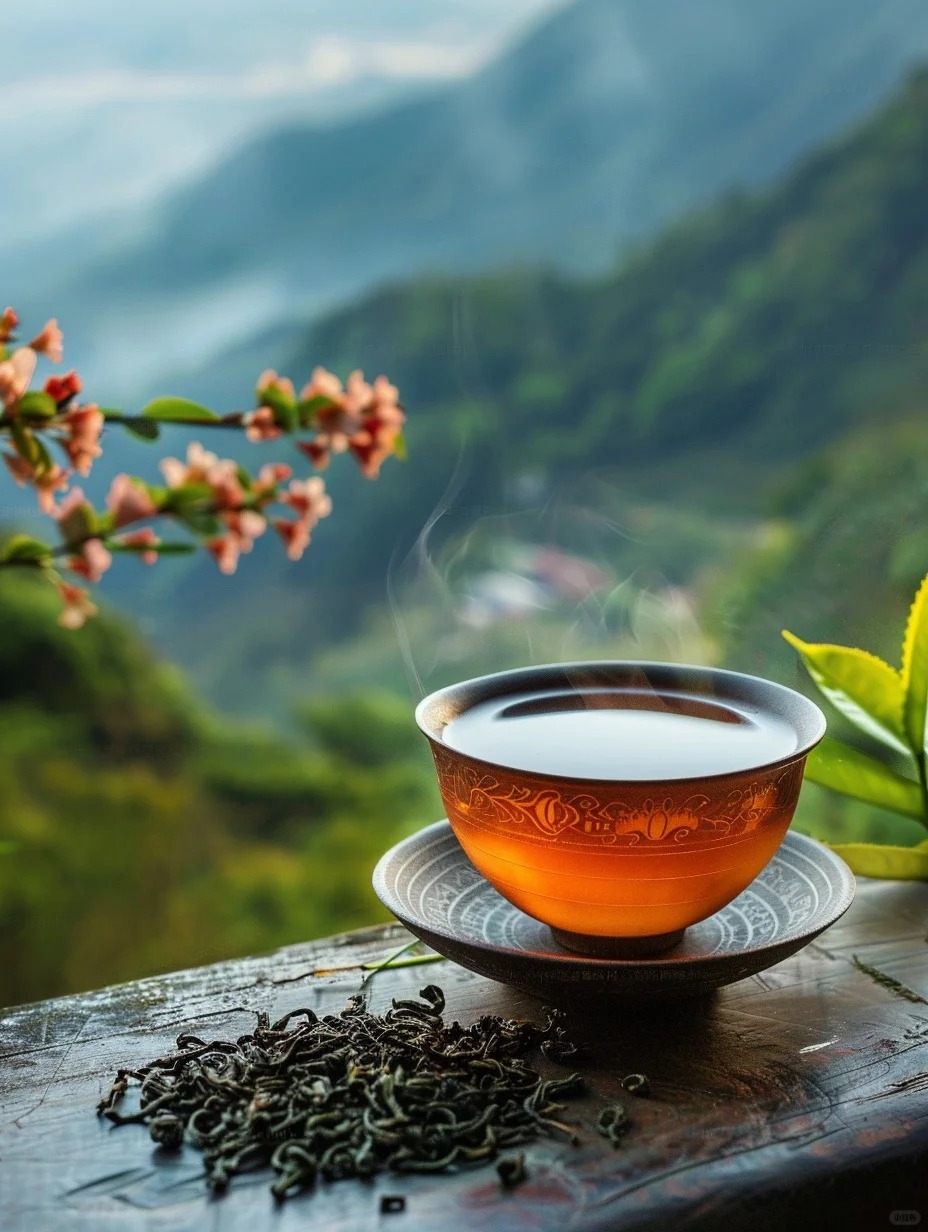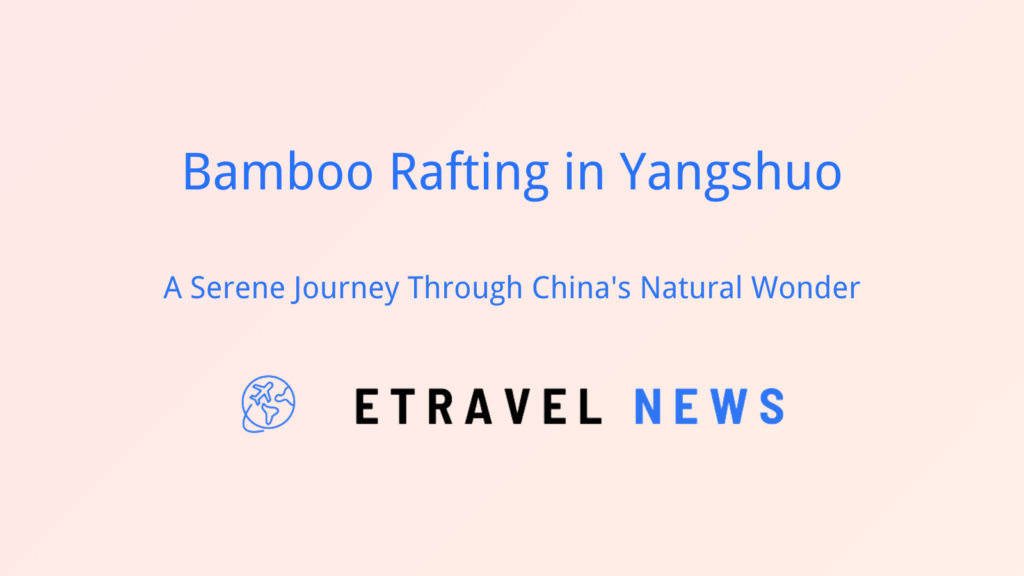Introduction to Chinese Tea Plantations
China, the birthplace of tea, boasts a rich tapestry of tea plantations that have shaped its landscape and culture for millennia. Legend attributes the discovery of tea to Emperor Shennong in 2737 BCE, marking the beginning of a tradition that would become integral to Chinese identity.
Today, tea cultivation in China is not just an agricultural practice, but a living art form that reflects the nation’s history, philosophy, and economic prowess. From the misty mountains of Fujian to the sun-drenched slopes of Yunnan, China’s tea plantations offer a journey through time and taste.
Major tea-producing regions include:
- Zhejiang (Dragon Well tea)
- Fujian (Oolong varieties)
- Yunnan (Pu-erh tea)
- Anhui (Keemun black tea)

Famous Tea Plantations in China
China’s most renowned tea plantations are destinations in themselves, each offering unique landscapes and tea varieties:
| Plantation | Location | Famous Tea | Characteristics |
|---|---|---|---|
| Longjing Village | Hangzhou, Zhejiang | Dragon Well (Longjing) | Flat, jade-like leaves; sweet, gentle flavor |
| Wuyi Mountains | Fujian Province | Da Hong Pao (Oolong) | Rocky cliffs; complex, mineral-rich taste |
| Menghai | Xishuangbanna, Yunnan | Pu-erh | Ancient forests; earthy, fermented flavor |
| Huangshan | Anhui Province | Keemun | Misty mountains; wine-like, fruity notes |
These plantations not only produce some of the world’s finest teas but also offer breathtaking scenery and insights into traditional Chinese culture.
Types of Chinese Tea and Their Plantations
China produces six main categories of tea, each requiring specific cultivation and processing methods:
- Green Tea: Grown in sunny, well-drained areas. Leaves are heated quickly after picking to prevent oxidation.
- Oolong Tea: Cultivated on high mountain slopes. Partially oxidized, resulting in complex flavors.
- Black Tea: Thrives in cooler climates. Fully oxidized, producing robust, full-bodied teas.
- Pu-erh Tea: Sourced from ancient tea forests in Yunnan. Undergoes microbial fermentation, developing unique earthy flavors.
- White Tea: Minimal processing, often from special tea varietals.
- Yellow Tea: Rare, produced similarly to green tea with an additional yellowing process.
Each type of tea plantation has its own unique ecosystem and traditional cultivation practices that have been refined over centuries.

Tea Plantation Landscapes and Environment
Chinese tea plantations are marvels of agricultural ingenuity and natural beauty. Terraced hillsides, a common sight in many tea-growing regions, not only create a stunning visual effect but also serve practical purposes:
- Prevent soil erosion
- Maximize limited mountainous terrain
- Facilitate irrigation and harvesting
The ideal tea-growing environment requires:
- Elevation: Often between 500-2000 meters above sea level
- Climate: Mild temperatures, adequate rainfall, and misty conditions
- Soil: Well-draining, slightly acidic soil rich in organic matter
These plantations often boast rich biodiversity, supporting various plant and animal species. Seasonal changes play a crucial role in tea quality, with spring harvests generally considered the most prized.

Tea Production Process
The journey from leaf to cup involves several meticulous steps:
- Plucking: Skilled tea pickers select the finest leaves and buds.
- Processing: Methods vary by tea type but may include withering, rolling, oxidation, and drying.
- Grading: Teas are sorted based on leaf quality and size.
- Packaging: Careful packaging preserves flavor and aroma.
Many Chinese tea plantations are embracing organic and sustainable practices, balancing tradition with modern environmental concerns.

Tea Tourism in China
Visiting Chinese tea plantations offers a unique blend of natural beauty, cultural immersion, and sensory delight. The best times to visit are typically spring (March-May) and autumn (September-November) when the weather is pleasant and tea harvesting is in full swing.
Popular tea tourism activities include:
- Guided plantation tours
- Tea picking experiences
- Traditional tea ceremony participation
- Tea tasting workshops
Many tea villages offer homestays, providing an authentic glimpse into rural Chinese life and tea culture.

Practical Information for Travelers
When planning a visit to Chinese tea plantations:
- Research transportation options: Some remote plantations may require pre-arranged transportation.
- Consider joining organized tours for ease of access and cultural insights.
- Respect local customs and ask permission before photographing tea pickers or private areas.
- Purchase tea directly from plantations or reputable shops for authenticity.
Etiquette tips:
- Remove shoes when entering traditional tea houses
- Never refuse a cup of tea when offered, as it’s considered impolite
- Use both hands when giving or receiving a cup of tea
Exploring China’s tea plantations is more than just a journey through picturesque landscapes; it’s an immersion into a cultural practice that has shaped Chinese civilization for thousands of years. Whether you’re a tea connoisseur or a curious traveler, the tea plantations of China offer a sensory adventure and a deeper understanding of this ancient art form.





